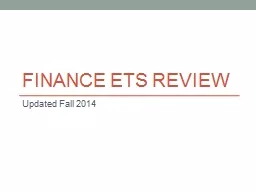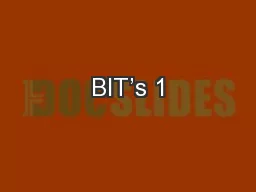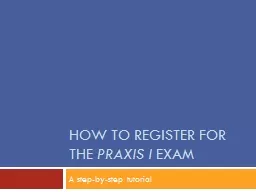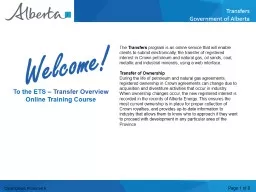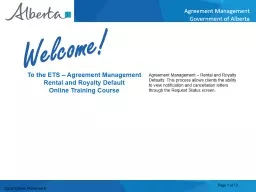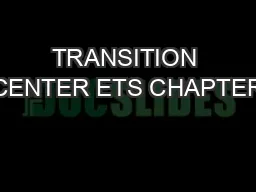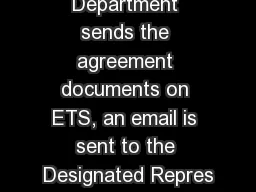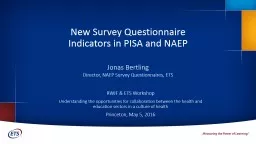PPT-Finance ETS Review Updated Fall 2014
Author : celsa-spraggs | Published Date : 2018-11-08
TIME VALUE OF MONEY Bill plans to fund his individual retirement account IRA with a contribution of 2000 at the end of each year for the next 20 years If Bill earns
Presentation Embed Code
Download Presentation
Download Presentation The PPT/PDF document "Finance ETS Review Updated Fall 2014" is the property of its rightful owner. Permission is granted to download and print the materials on this website for personal, non-commercial use only, and to display it on your personal computer provided you do not modify the materials and that you retain all copyright notices contained in the materials. By downloading content from our website, you accept the terms of this agreement.
Finance ETS Review Updated Fall 2014: Transcript
Download Rules Of Document
"Finance ETS Review Updated Fall 2014"The content belongs to its owner. You may download and print it for personal use, without modification, and keep all copyright notices. By downloading, you agree to these terms.
Related Documents

